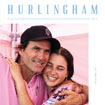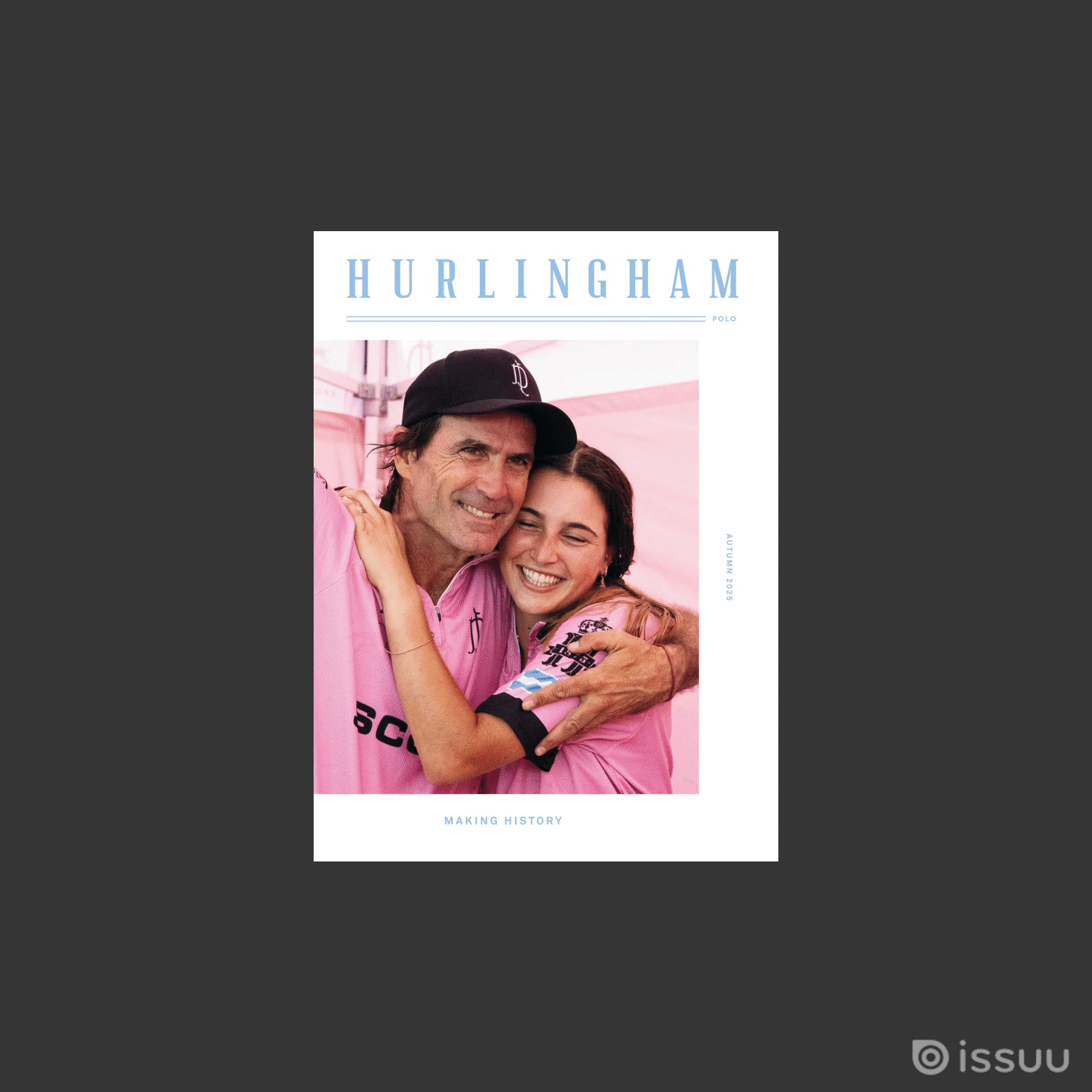The history of The Cartier Queen’s Cup – Part two
By Victoria Elsbury-Legg
Click here for part one
Played annually for the last fifty-five years during the months of May and June at Smith’s Lawn and surrounding private grounds, The Queen’s Cup (which in recent years has been sponsored by Cartier) is renowned across the polo world. Rich in history, many different players and teams have battled it out, to reach the Quarters, then Semis and ultimately the Final held on the Queen’s Ground each year in the middle Sunday of June, watched by Her Majesty the Queen herself from the Royal Box, who each year presents the winner with her cup.
But what is it that makes this particular cup so special in the history of English polo?
Made of solid silver, the Cartier Queen’s Cup is hallmarked, and it is these small, seemingly insignificant markings near the top lip of the cup which hold the key to its creation. First in the line of four tiny symbols are the capitalised letters HEB, on top of three further letters FEB which are inside a shield. This is the ‘maker’s mark’ – depicting the initials of the Barker Brothers – Herbert Edward Barker and Frank Ernest Barker – who were Silversmiths in England between 1908 – 1926. Next is the ‘standard mark’ – a lion facing left, looking over its shoulder – indicating the material from which the item is crafted – ‘solid sterling silver.’ The most curious of the marks is one that initially appears to symbolise three mushrooms on a triangle. This ‘assay mark’ (given by the Guild of Silversmiths who were appointed to survey the silver standard) is three wheat sheaves separated by a sword – the symbol which represents Chester. Lastly within a small square is a curly capital ‘U’ – the date mark representing Chester in 1920.
Significantly, Chester (which had been producing plate since the 15th century) ceased sliver trading in 1961, so it is likely that the Cartier Queen’s Cup, which was first presented at Smith’s Lawn and engraved with the winners’ names in June 1960, was amongst the last items to be sold or gifted before the doors of one of England’s oldest guilds of Silversmith’s closed forever.


